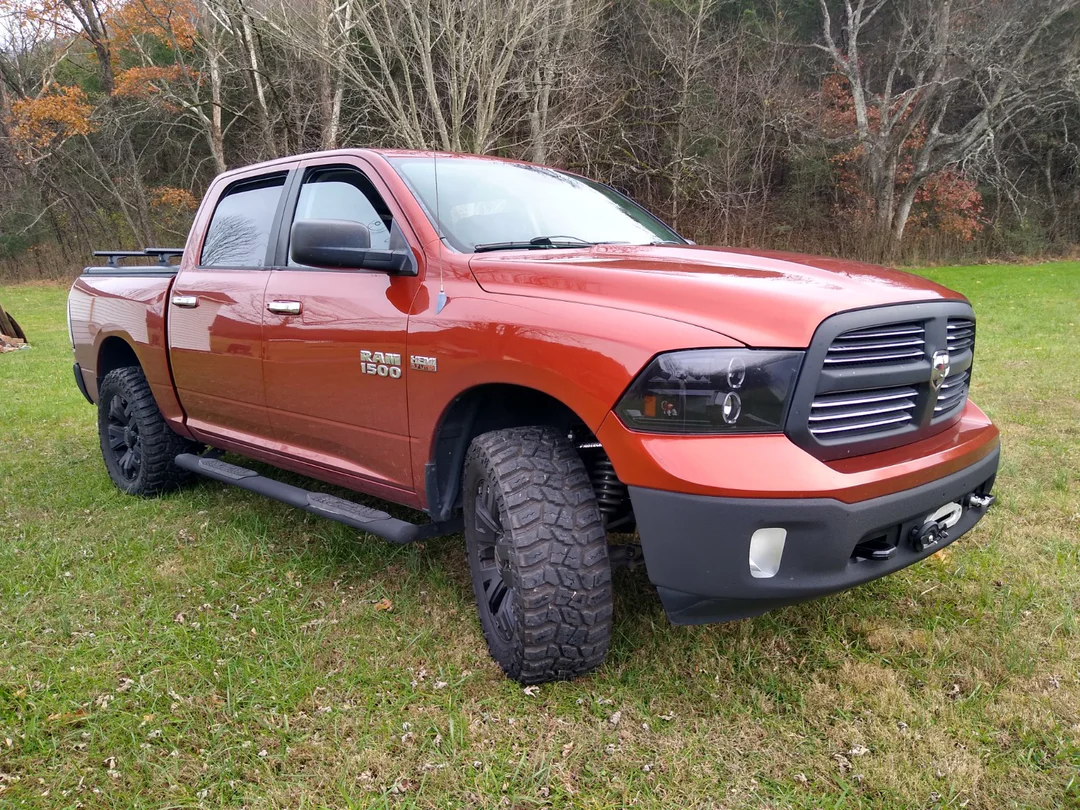Pickup trucks have long been a staple of both personal and commercial transportation across the globe, particularly in markets like the United States, where rugged utility meets lifestyle demands. From hauling heavy loads on construction sites to serving as dependable daily drivers, pickup trucks embody a unique blend of strength, versatility, and durability.
However, as any seasoned truck owner or fleet manager will attest, the real test of a truck’s value often extends beyond its horsepower or towing capacity — it hinges significantly on the availability of parts and the speed with which they can be delivered when maintenance or repairs become necessary. This aspect is often overlooked by prospective buyers but plays a crucial role in minimizing vehicle downtime, managing repair costs, and ensuring long-term reliability.
In the modern automotive landscape, parts availability and shipping logistics have evolved into a critical competitive factor for manufacturers. Rapid delivery of replacement parts not only enhances customer satisfaction but also directly impacts operational efficiency for businesses relying on trucks for their livelihood.
Waiting weeks for a replacement engine component or suspension part can halt a contractor’s project or disrupt supply chain deliveries, costing time and money that quickly overshadow the initial vehicle purchase price. Therefore, understanding which pickup trucks benefit from the fastest dealer parts shipping—and which are prone to backorders and delays—can empower consumers to make more informed decisions that align with their usage needs and expectations.
The pace and reliability of dealer parts shipping depend on several factors, including the manufacturer’s production volume, the size and efficiency of its parts distribution network, and the complexity or uniqueness of the truck’s components.
High-volume trucks with broad market penetration tend to enjoy faster parts availability simply because dealers maintain extensive inventories to meet ongoing demand.
Conversely, newer models or those with specialized designs may face challenges in keeping parts readily stocked, leading to delays and backorders. Moreover, supply chain disruptions, global manufacturing constraints, and the rise of advanced vehicle technologies further complicate parts logistics, sometimes exacerbating wait times for certain trucks.
This article delves into two key aspects of pickup truck ownership: first, the five pickup trucks that stand out for having the fastest dealer parts shipping, backed by robust supply chains, widespread dealership networks, and strong aftermarket support. These trucks are known for their ability to quickly get owners back on the road, reducing downtime and repair frustration.
On the other side, we explore five trucks that frequently encounter parts backorders and shipping delays, often due to unique design elements, limited production runs, or evolving supply chain challenges. For these models, parts availability issues can lead to longer repair times and impact overall ownership satisfaction.
Whether you’re a fleet operator relying on truck uptime, a tradesperson needing quick repairs to keep projects on schedule, or a daily driver who simply wants a dependable vehicle that won’t leave you stranded, knowing the nuances of parts availability and dealer logistics is invaluable.
By highlighting the strengths and weaknesses in parts shipping for popular pickup trucks, this article aims to provide a practical guide to help you navigate the complexities of truck maintenance in today’s automotive market. From legendary heavy-hitters like the Ford F-150 and Chevrolet Silverado to innovative newcomers like the Tesla Cybertruck, the landscape is as diverse as it is dynamic.
Understanding which trucks offer speed and reliability in parts shipping—and which pose potential risks due to delays—will ultimately help you make the best choice for your lifestyle and business needs.
Also Read: 5 Cars With the Lowest Cabin Carbon Footprints and 5 Using Harsh Materials
5 Pickup Trucks with the Fastest Dealer Parts Shipping
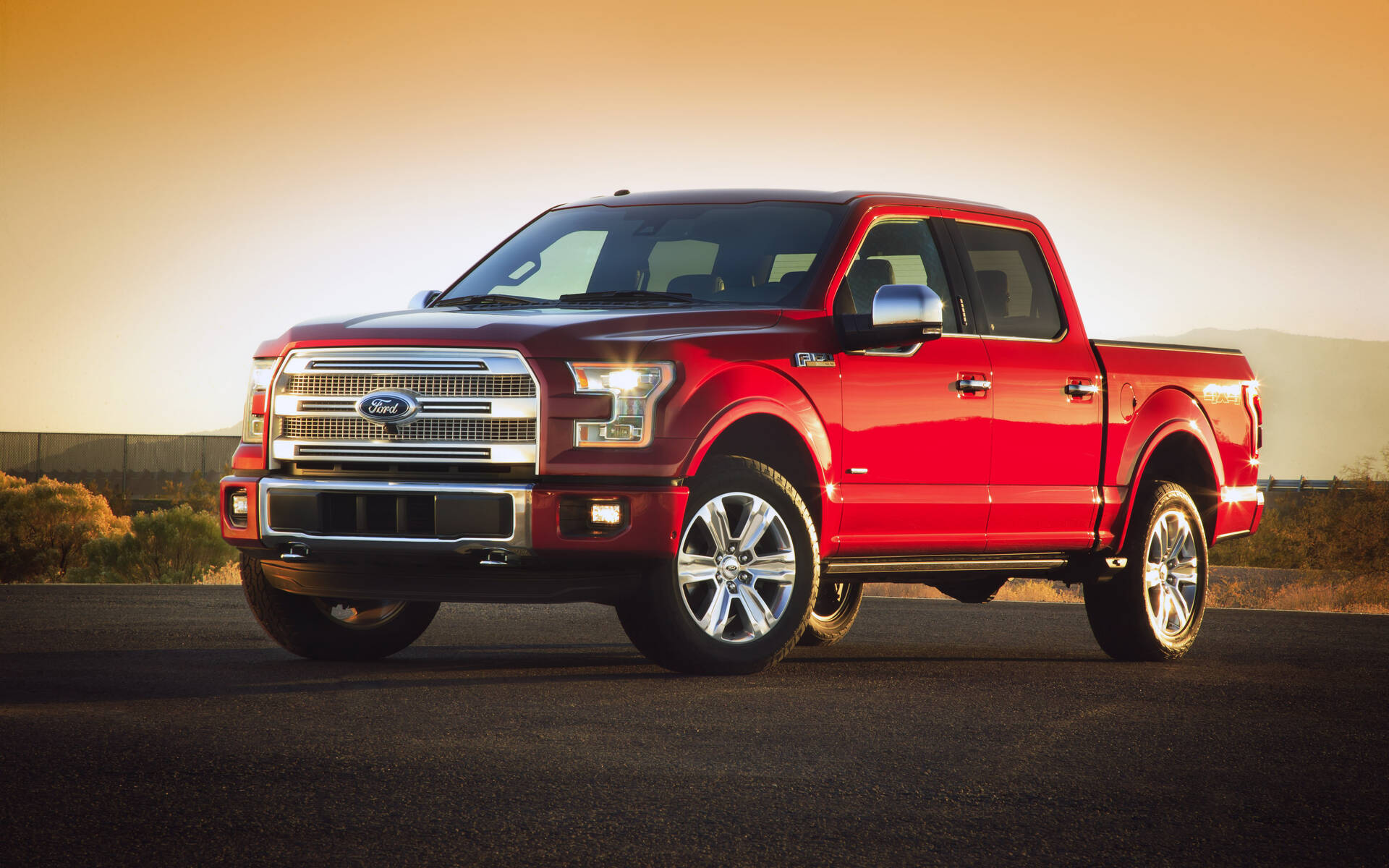
1. Ford F-150
The Ford F-150 is not just America’s best-selling pickup truck but arguably one of the most widely recognized vehicles in the country’s automotive history. This truck’s dominance in sales has enabled Ford to build an incredibly robust and extensive dealer parts network that few competitors can match.
Due to the sheer volume of F-150s on the road—from older generations to the latest models—Ford dealerships and parts warehouses maintain vast inventories of parts, ranging from the most common filters and brake components to highly specialized engine and transmission parts.
This extensive parts availability ensures that when an F-150 owner needs a replacement part, chances are the dealership can either supply it immediately or ship it overnight, dramatically reducing downtime for repairs.
The company’s commitment to logistics and supply chain management further enhances the speed at which parts reach dealerships and service centers. Ford has invested heavily in sophisticated inventory management systems that use real-time data to track parts availability, forecast demand, and optimize distribution routes.
This means dealers often receive parts shipments multiple times a day, allowing them to restock quickly after fulfilling customer orders. For commercial customers who operate fleets of F-150s, this reliability in parts supply is critical, as truck downtime can translate directly into lost revenue.
Ford’s expansive dealer footprint—thousands of locations nationwide—ensures that even in more remote regions, parts for the F-150 remain accessible without significant delay.
Moreover, the F-150 benefits from a thriving aftermarket ecosystem, which complements factory parts availability. Many independent manufacturers produce compatible parts and accessories, which further reduce wait times and provide alternatives for repairs and customization.
For truck owners who need their vehicle back on the road fast, the combined supply from Ford’s official dealers and aftermarket suppliers creates a near-seamless parts procurement experience. This unmatched combination of popularity, manufacturer support, and dealer network depth places the F-150 at the top of the list for trucks with the fastest dealer parts shipping.
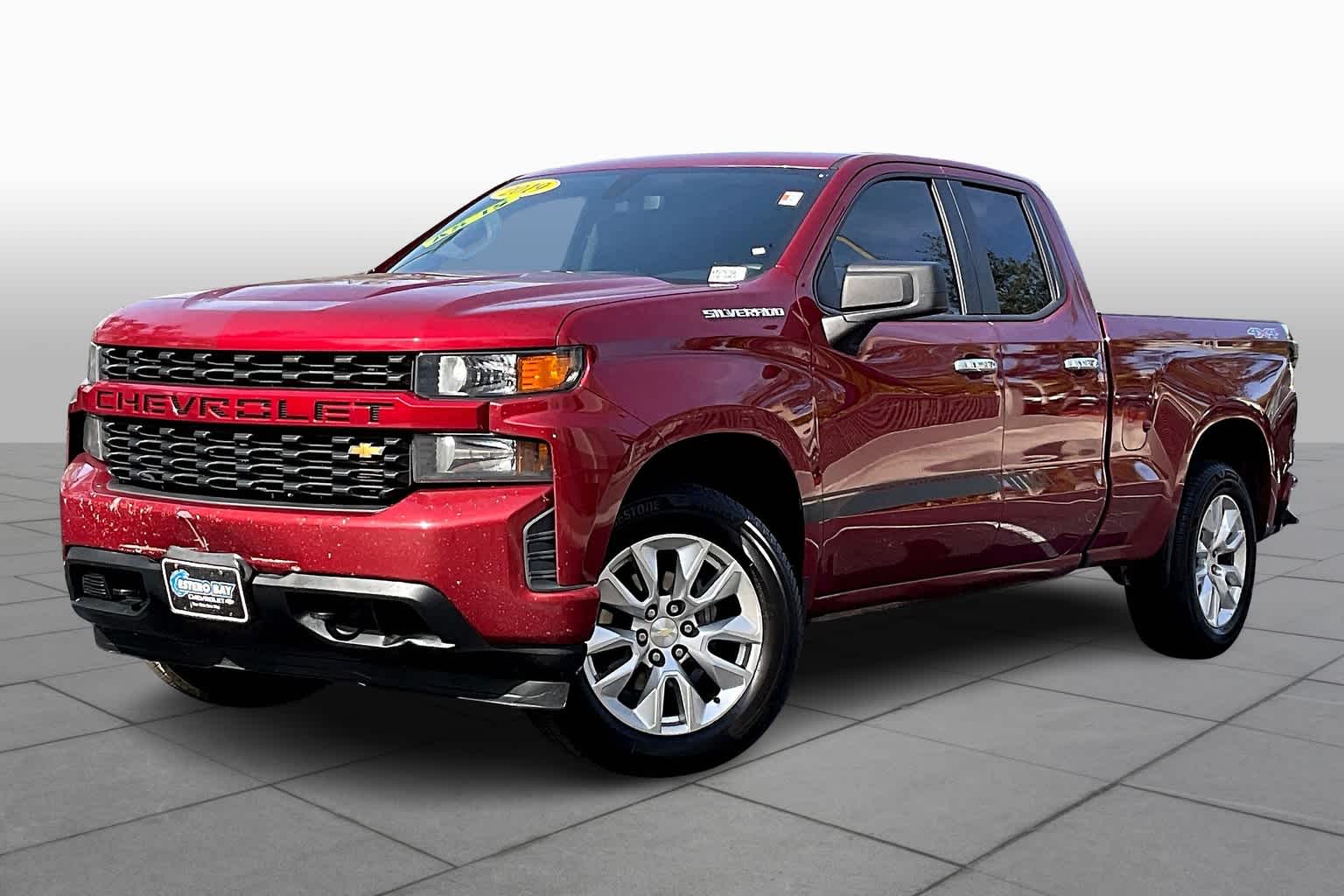
2. Chevrolet Silverado 1500
Much like the Ford F-150, the Chevrolet Silverado 1500 has earned a reputation as a reliable and rugged full-size pickup truck with a strong presence in the marketplace. As part of General Motors, Chevrolet benefits from one of the most advanced and expansive automotive parts networks in the world.
The Silverado’s high production volume translates directly into well-stocked parts warehouses and ready availability of components at dealerships. This means that whether the part in question is a simple oil filter or a complex electronic control module, the chances of it being available for immediate shipment or local pickup are very high.
GM’s decades-long experience in supply chain logistics has enabled it to fine-tune its parts distribution to meet the demands of Silverado owners promptly.
In addition to large warehouse inventories, Chevrolet also utilizes a tiered distribution system designed to speed delivery times. Parts are often pre-positioned in regional hubs closer to major markets, enabling next-day or even same-day delivery to dealers.
This strategic distribution minimizes delays that can occur when parts must be shipped from distant factories or central warehouses. Moreover, Chevrolet’s broad dealer network ensures that even in smaller cities and rural areas, Silverado parts remain accessible.
For customers who depend on their trucks for heavy-duty work or everyday transportation, this level of parts availability reduces frustration and leads to faster repair cycles.
Another important factor contributing to the Silverado’s fast parts shipping is Chevrolet’s focus on parts standardization and modular design. Many Silverado parts share commonality with other GM vehicles, allowing dealerships to stock fewer unique components but still meet a broad range of repair needs efficiently.
This standardization also simplifies logistics and lowers inventory costs, which benefits both dealers and customers by keeping parts flowing smoothly. For Silverado owners, this translates into a well-oiled supply chain that rarely experiences bottlenecks or long waits, reinforcing the truck’s appeal as a dependable, service-friendly vehicle.
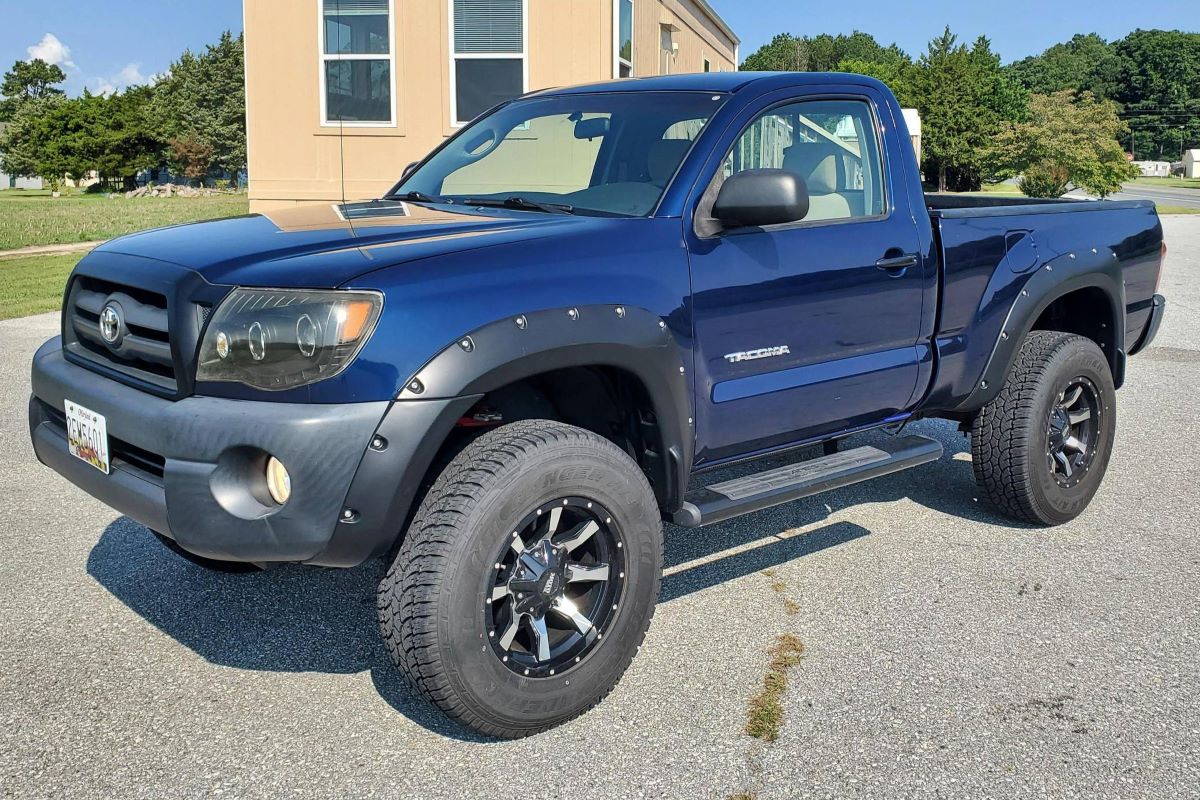
3. Toyota Tacoma
The Toyota Tacoma has carved out a distinct niche in the midsize pickup truck market, favored by many for its combination of reliability, off-road capability, and resale value. Beyond its durable design, the Tacoma benefits from Toyota’s legendary manufacturing and supply chain management expertise.
Toyota is widely regarded as a pioneer of lean manufacturing and just-in-time inventory practices, which allow its dealerships to keep parts flowing efficiently without excessive stockpiling or shortages.
The global reach of Toyota’s manufacturing network means parts for the Tacoma are produced in multiple facilities worldwide, helping reduce lead times and maintain availability even in challenging supply chain environments.
Toyota dealers enjoy a robust inventory of parts for the Tacoma, including commonly replaced items such as brake pads, suspension components, filters, and engine parts.
Thanks to Toyota’s practice of sharing components across models and generations, dealers are able to stock versatile parts that fit a variety of vehicles, which reduces the need for ordering rare or one-off components. This parts commonality is a key factor in the Tacoma’s fast dealer parts shipping, as it cuts down on backorder risks and speeds up repair turnaround.
Additionally, Toyota invests heavily in technology and logistics to track parts availability and optimize distribution. Dealerships can access real-time data on stock levels and shipping schedules, allowing them to provide accurate timelines to customers and plan repairs efficiently.
For owners who use their Tacoma as a reliable daily driver or workhorse, these logistics advantages translate into minimal downtime and quicker service. Whether it’s a routine maintenance job or a more significant repair, Toyota’s parts infrastructure for the Tacoma is designed to keep owners on the road with as little interruption as possible.
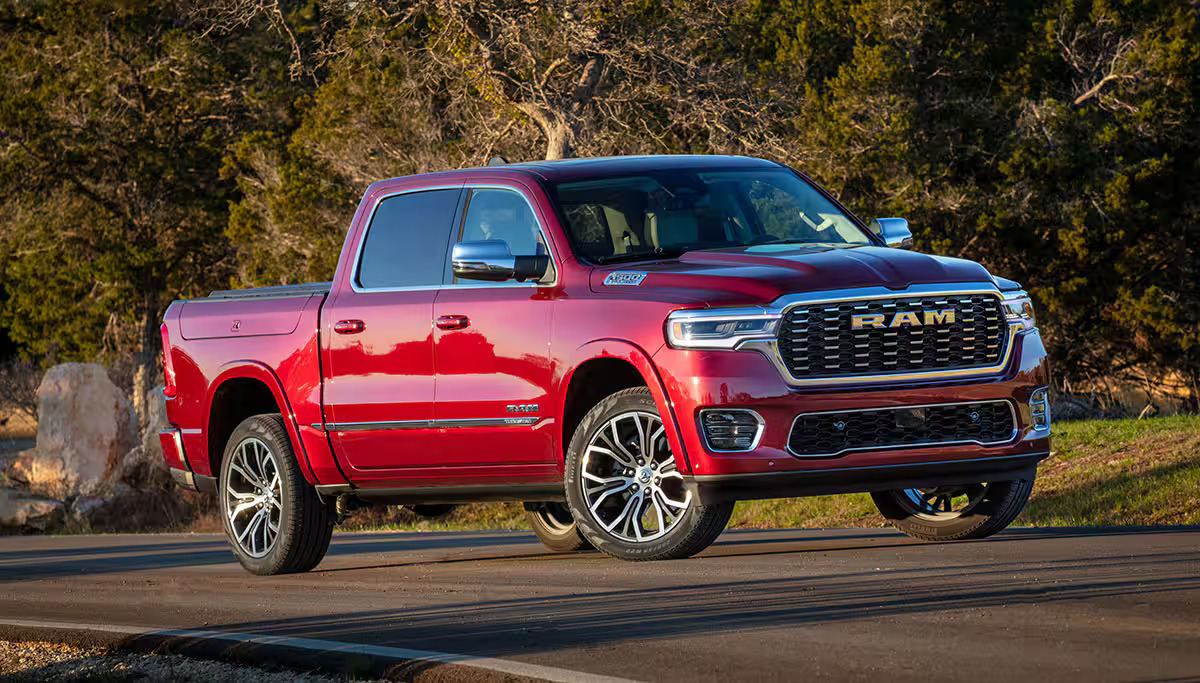
4. Ram 1500
The Ram 1500 is known for blending rugged pickup capability with modern comfort and technology, appealing to a wide range of truck buyers. Part of the Stellantis group, which resulted from the merger of Fiat Chrysler and PSA, Ram benefits from an increasingly efficient and integrated parts supply network.
Over the past several years, Ram has gained market share and recognition, prompting Stellantis to prioritize improving parts logistics to meet growing demand. As a result, Ram dealerships now enjoy faster parts shipping times compared to previous years, making the truck a strong contender among those with the best dealer parts availability.
Ram’s parts supply chain is supported by several strategically located distribution centers that help keep parts inventories optimized and enable rapid shipping to dealers across North America.
Dealers often receive daily or multiple weekly shipments to replenish stock, ensuring that common and even some hard-to-find parts are available without long waits. This efficiency extends to complex parts such as transmissions, engine components, and electronic modules, which historically posed challenges for quick procurement.
Furthermore, Ram’s investment in digital ordering systems and dealer portals improves communication between manufacturers, suppliers, and dealerships. This seamless integration helps prevent backorders by alerting dealers to parts shortages before they impact customers.
Additionally, Ram’s growing aftermarket parts market supplements factory parts availability, giving owners more options to keep their trucks repaired quickly and affordably.
For commercial users who rely on the Ram 1500 for daily operations, this combination of factory and aftermarket parts availability ensures that maintenance and repairs are rarely delayed by parts shortages.
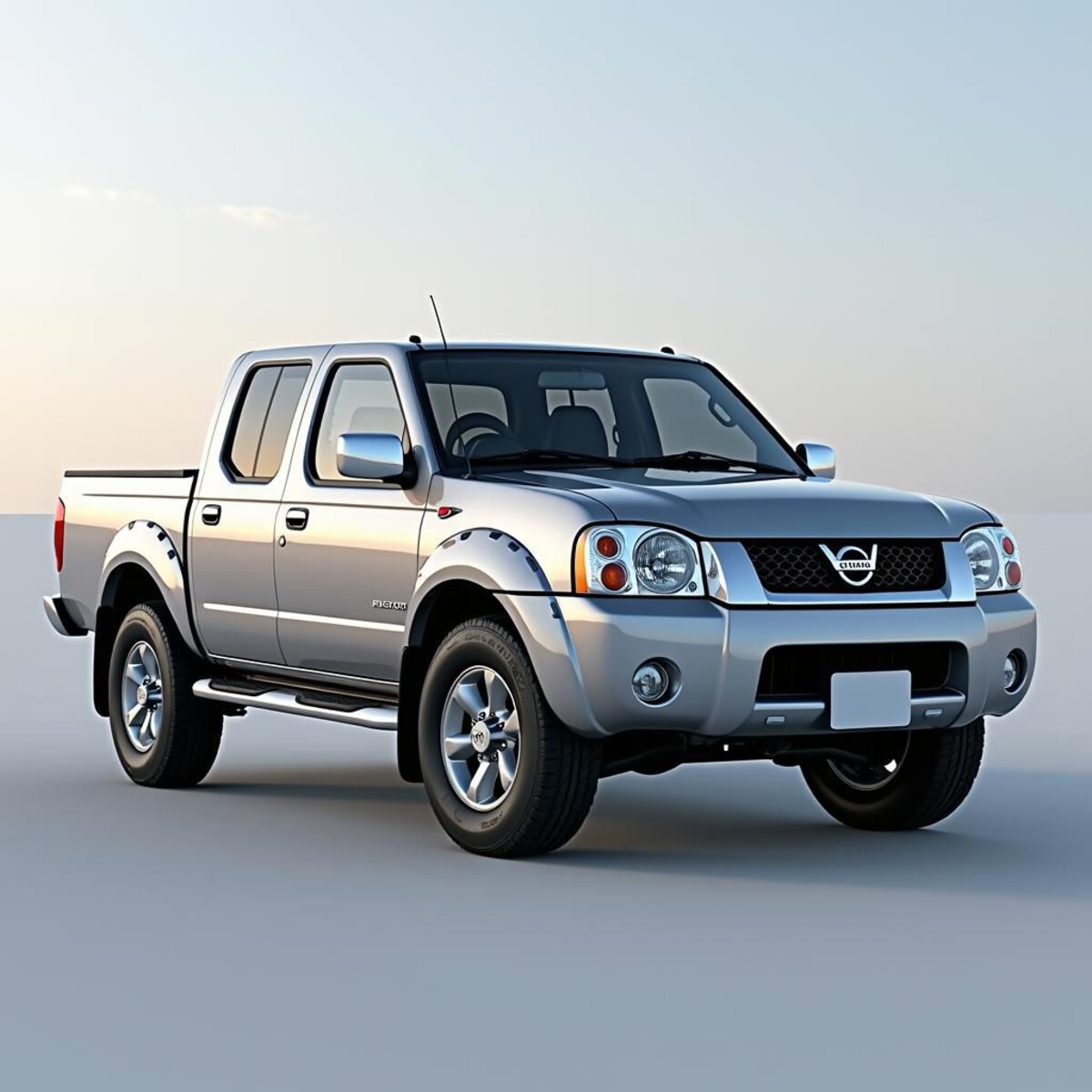
5. Nissan Frontier
Though it often flies under the radar compared to the big American pickups, the Nissan Frontier has been a steady contender in the midsize pickup segment for years.
Its relatively simple and durable design, combined with Nissan’s global manufacturing footprint, contributes to a supply chain that is surprisingly efficient when it comes to parts shipping. Nissan maintains well-organized regional parts distribution centers across North America, which help dealers keep key components in stock and provide timely shipping options.
The Frontier benefits from parts commonality with other Nissan models, especially those sharing platforms or powertrains. This overlap allows dealers to stock a wide range of parts that serve multiple vehicles, improving the speed at which Frontier owners can get what they need.
Common wear items such as brakes, filters, and suspension components are usually available for immediate shipment, and even some specialized parts for the Frontier’s drivetrain or chassis are stocked in sufficient quantities to avoid frequent backorders.
Nissan also emphasizes continuous improvement in its parts logistics and inventory management practices. Dealers utilize advanced software tools to forecast demand and replenish parts proactively, minimizing out-of-stock situations.
This proactive approach is particularly beneficial for Frontier owners living outside major metropolitan areas, where local dealers might otherwise struggle to maintain inventory.
Ultimately, Nissan’s commitment to efficient supply chain management helps the Frontier stand out as a midsize pickup with notably fast dealer parts shipping, adding to its reputation for reliability and ease of ownership.
5 Pickup Trucks with Frequent Backorders and Parts Shipping Delays
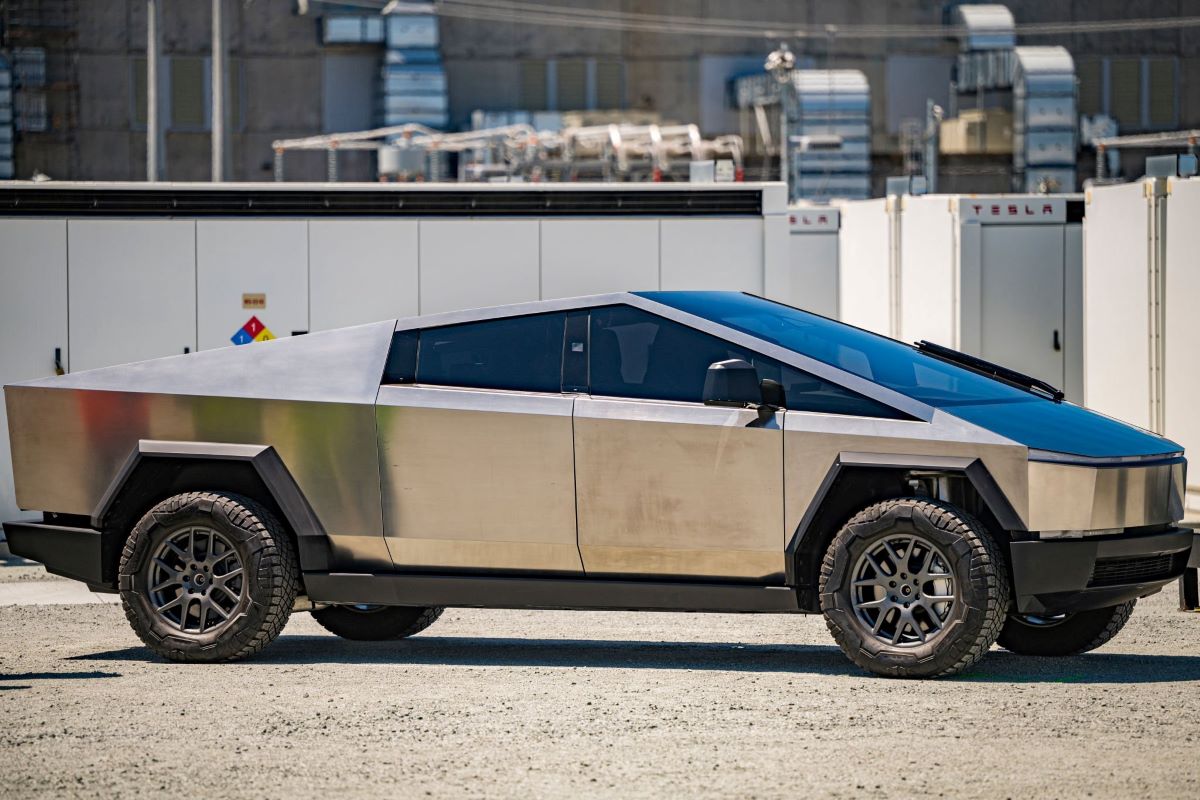
1. Tesla Cybertruck (New Model Challenges)
The Tesla Cybertruck represents a bold leap forward in the pickup truck segment, boasting futuristic design, cutting-edge technology, and a fully electric drivetrain. However, this groundbreaking vehicle also faces significant challenges when it comes to dealer parts availability and shipping speed.
Unlike traditional pickups from well-established manufacturers, Tesla operates on a direct-sales model without a widespread traditional dealership network. This means that the Cybertruck’s parts supply chain is inherently different, more centralized, and still evolving.
Due to the novelty of the truck and the proprietary nature of many of its components—such as its exoskeleton body panels, unique battery packs, and advanced electronics—parts manufacturing and distribution are currently limited.
This limitation translates into longer lead times for parts shipments and a higher likelihood of backorders, especially during the early years of Cybertruck ownership. Early adopters may experience delays ranging from several days to weeks when needing replacement parts, as Tesla’s service centers and parts distribution centers work to scale up production and logistics capabilities to meet demand.
Furthermore, Tesla’s global supply chain has been subject to disruptions in recent years, which impact the availability of raw materials and electronic components crucial for Cybertruck repairs.
Until Tesla expands its parts manufacturing footprint and establishes a more extensive service and parts network, Cybertruck owners should anticipate slower parts shipping compared to traditional pickups.
Moreover, the Cybertruck’s highly integrated and specialized design means that many parts cannot be easily swapped or substituted with aftermarket options, further restricting parts availability.
Unlike vehicles with large aftermarket ecosystems, Tesla parts are often manufactured solely by Tesla or its contracted suppliers, which limits flexibility and inventory diversity.
These challenges highlight the risks faced by owners of pioneering vehicles like the Cybertruck, who must balance the appeal of innovation with the practical realities of maintenance and repair logistics.

2. Honda Ridgeline
The Honda Ridgeline occupies a unique place in the pickup truck market, blending SUV comfort and unibody construction with the utility of a truck bed. While it boasts excellent reliability and build quality, the Ridgeline often encounters parts availability issues that lead to frustrating backorders and delays.
Honda’s overall dealer network is strong and well-established, but the Ridgeline’s relatively low sales volume compared to full-size pickups means that parts specific to this model are less frequently stocked by dealerships. Unlike more popular trucks, Ridgeline parts—especially those linked to its unibody structure, specialized suspension components, and certain electrical systems—are less common in dealer inventories.
As a result, when a Ridgeline owner requires a specific part, especially a non-generic component, dealers may need to order it directly from regional warehouses or Honda’s central parts distribution centers, leading to delays.
Some owners report waiting several weeks for replacement parts, which can be particularly inconvenient if the part is critical to the vehicle’s safety or drivability. This issue is compounded for Ridgeline owners in rural areas or smaller towns, where dealer inventories tend to be more limited.
Additionally, the Ridgeline’s distinctive design and fewer shared parts with other Honda models reduce parts interchangeability, making it harder for dealers to substitute parts or expedite orders.
While Honda excels in manufacturing quality vehicles, the company’s supply chain for the Ridgeline reflects its niche status, with dealers often caught in a balancing act between stocking sufficient parts and managing inventory costs. For Ridgeline owners, this can mean a tradeoff between enjoying a unique vehicle and navigating longer repair timelines due to parts backorders.
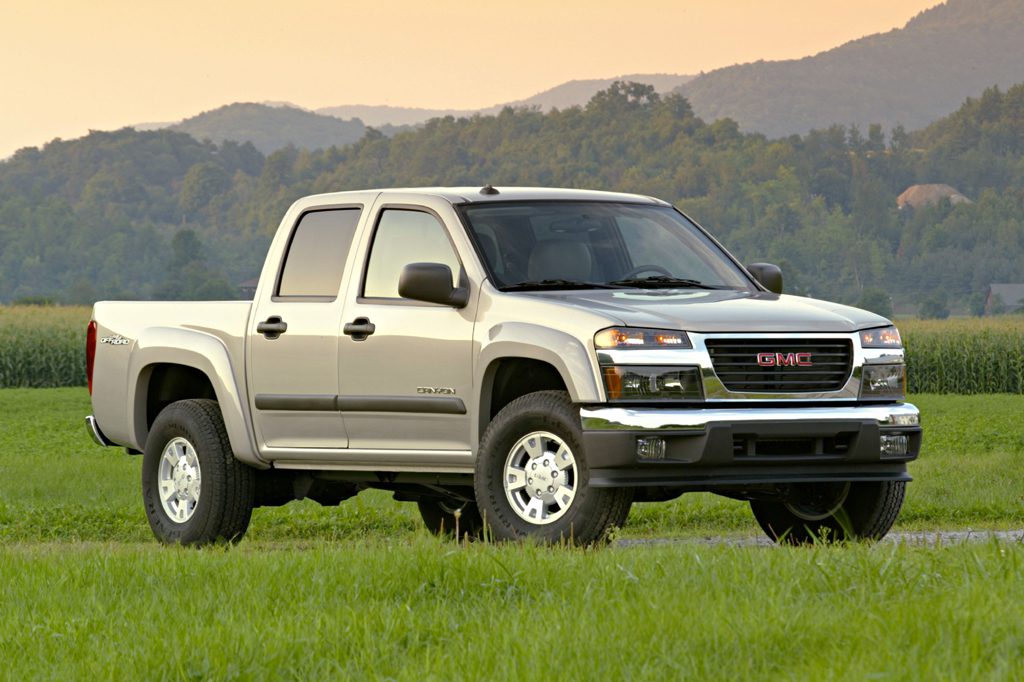
3. GMC Canyon
The GMC Canyon, a midsize pickup sharing much of its DNA with the Chevrolet Colorado, experiences parts backorders that affect some owners more frequently than one might expect given its GM heritage.
Although GM boasts a vast and sophisticated parts supply network, the Canyon’s premium positioning and lower sales volume compared to full-size trucks create some logistical challenges.
Specifically, the Canyon’s higher trim levels and additional luxury features often include specialized parts—ranging from unique interior electronics to specific suspension and trim components—that are not as widely stocked as those for more basic models.
These specialty parts sometimes have to be sourced from GM’s centralized warehouses or directly from suppliers, which can extend shipping times.
In periods of supply chain disruptions—such as those caused by the global chip shortage or other recent automotive parts shortages—the Canyon’s less common parts can slip into backorder status more quickly than those of mass-produced models like the Silverado.
Moreover, the midsize pickup segment tends to receive less aftermarket parts support compared to full-size trucks, limiting alternatives when factory parts are delayed.
Dealership reports and owner experiences highlight that while common maintenance parts like filters and brakes are generally available quickly, more complex or cosmetic parts can require weeks-long waits.
This situation leads to frustration, especially for customers who choose the Canyon for its blend of premium features and capability but face unexpected downtime due to parts shortages.
The Canyon’s case underscores how even vehicles supported by large manufacturers are vulnerable to supply chain challenges, particularly when models have unique features or lower production volumes.
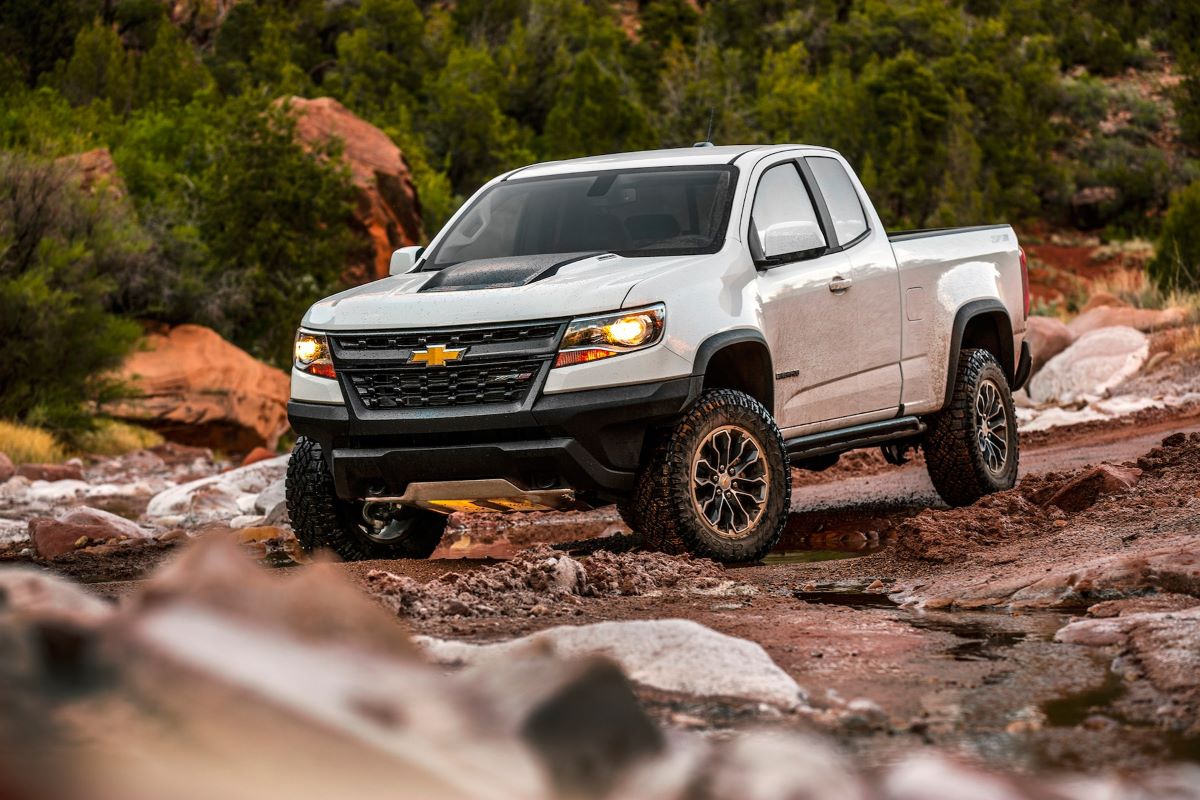
4. Chevrolet Colorado (Certain Model Years)
The Chevrolet Colorado has been a consistent player in the midsize pickup market, but certain model years and configurations of this truck have been plagued by parts backorder issues that can frustrate owners.
Particularly, the 2015 to 2017 model years feature components that were unique or updated from previous versions, leading to less frequent stocking of these parts at dealer warehouses.
For instance, transmission-related components, certain electronic modules, and updated drivetrain parts specific to these years are less commonly stocked due to lower demand and the phased-out production of these models.
When a repair requires one of these specialized parts, dealerships must often place special orders with GM’s parts depots or third-party suppliers, leading to significant shipping delays. Some owners have reported waiting several weeks for such parts, extending repair timelines, and increasing truck downtime.
This issue is exacerbated by the fact that midsize trucks like the Colorado do not benefit from the same extensive aftermarket parts availability as full-size pickups, making factory parts the only viable option for many repairs.
Additionally, as these specific model years age and enter the “out-of-warranty” and “legacy” category, GM and dealerships may reduce parts production and stocking to manage costs, further tightening parts availability.
This creates a challenging environment for Colorado owners who still rely on their trucks for daily tasks but find themselves hindered by slower parts delivery.
Colorado’s experience with backorders for certain model years highlights the importance of considering not just brand reputation but also the production cycle and parts ecosystem when evaluating a truck’s long-term maintenance ease.
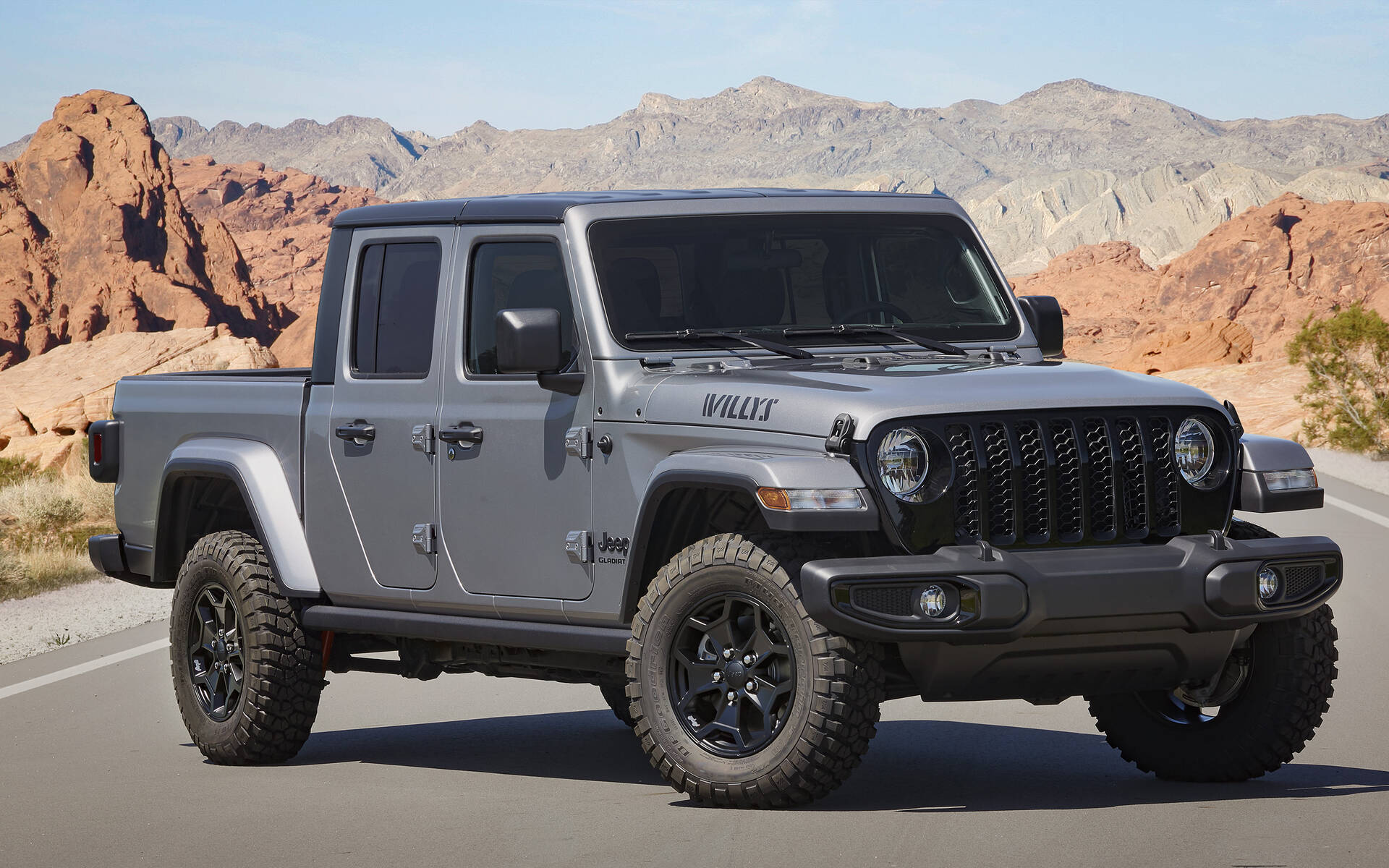
5. Jeep Gladiator
The Jeep Gladiator is a distinctive player in the pickup truck world, combining Jeep’s legendary off-road heritage with the utility of a midsize pickup. While it benefits from parts commonality with Jeep’s popular Wrangler SUV, the Gladiator faces its own set of parts availability challenges.
The truck’s relatively recent introduction means that its parts supply chain is still maturing, and some components—especially those related to its unique truck bed, suspension system, and off-road accessories—are less common in dealer inventories.
This leads to frequent backorders for specialized Gladiator parts, causing delays that frustrate owners who often rely on their trucks for rugged outdoor activities or daily driving. Many parts must be ordered from centralized warehouses or even factory locations, leading to shipping times that can stretch from days into weeks.
The complexity is increased by the Gladiator’s various trim and package options, which can include custom electronics, aftermarket-style accessories, and proprietary hardware not shared with other Jeep models.
Additionally, the off-road enthusiast community demands many aftermarket parts and modifications, but the factory parts needed for warranty repairs or structural fixes remain limited in stock.
Jeep dealerships strive to meet customer needs, but supply chain limitations and the Gladiator’s relatively low production volume compared to full-size trucks make it difficult to maintain a broad inventory.
Although Jeep is expanding its parts network and production in response to demand, Gladiator owners currently face a higher risk of parts backorders and slower shipping, particularly in less populated areas.
Also Read: 5 Cars With the Lowest Cabin Carbon Footprints and 5 Using Harsh Materials
In the complex world of pickup trucks, the ability to quickly obtain replacement parts from dealerships can be just as vital as the vehicle’s engine performance, towing capacity, or comfort features.
The availability and shipping speed of dealer parts often dictate how long a truck will be out of commission during repairs, a factor that has profound implications for individual owners and commercial operators alike.
Trucks that boast fast parts shipping not only provide peace of mind but also improve operational continuity, reduce maintenance costs, and preserve vehicle longevity.
Conversely, models that suffer from frequent backorders and shipping delays pose real challenges that owners must navigate carefully, balancing innovation or niche appeal against the practical realities of maintenance logistics.
The five trucks identified with the fastest dealer parts shipping—such as the Ford F-150, Chevrolet Silverado 1500, Toyota Tacoma, Ram 1500, and Nissan Frontier—demonstrate the clear advantages of scale, manufacturer investment, and dealer network reach.
Their high production volumes, combined with well-established supply chains and broad aftermarket ecosystems, ensure that replacement parts are almost always readily available.
These trucks benefit from sophisticated inventory management systems and multiple distribution centers that facilitate rapid shipment, sometimes even enabling same-day delivery in certain regions.
For owners, this translates to reduced repair times, less downtime, and overall a better ownership experience. Such efficiencies are particularly crucial for fleet managers and business users who depend on consistent vehicle availability to maintain productivity.
On the other hand, trucks like the Tesla Cybertruck, Honda Ridgeline, GMC Canyon, specific Chevrolet Colorado model years, and the Jeep Gladiator face more frequent parts backorders and slower shipping. This can often be traced back to factors like limited production runs, newer model status, unique design features, or complexities in supply chain management.
Tesla’s direct-sales model and highly specialized parts, for example, create bottlenecks that can extend wait times, while niche pickups with smaller dealer networks struggle to stock adequate inventories. These delays not only frustrate owners but may also increase repair costs due to extended labor times and the potential need for alternative transportation during downtime.
For some, these trade-offs are acceptable given the trucks’ innovation or specific capabilities, but they underscore the importance of factoring parts availability into the purchasing decision. It is also clear from this comparison that the automotive industry’s supply chain landscape is continually evolving.
Global challenges such as semiconductor shortages, logistic disruptions, and increased vehicle electrification impact parts availability across all manufacturers.
This means that even trucks traditionally known for excellent parts availability are not immune to occasional delays. However, manufacturers with larger production scales, integrated dealer networks, and proactive inventory management tend to weather these challenges better, maintaining faster parts shipping times overall.
For prospective truck buyers, understanding these dynamics is crucial. Selecting a pickup truck isn’t merely about choosing the best engine specs or the most advanced technology; it’s about ensuring that when the inevitable maintenance or repair need arises, parts will be accessible quickly, minimizing inconvenience and cost.
Dealers’ ability to ship parts promptly can be a decisive factor in long-term satisfaction with the vehicle. Whether you prioritize the tried-and-true reliability and parts logistics of a Ford F-150 or Chevrolet Silverado or you’re drawn to the innovation of newer models like the Tesla Cybertruck with its potential parts delays, knowing what to expect helps set realistic ownership expectations.
In summary, the landscape of pickup truck parts shipping varies widely across models and manufacturers. Trucks backed by large-scale production and extensive dealer networks offer superior parts availability and shipping speed, reducing downtime and enhancing reliability.
Conversely, trucks with specialized designs, lower production volumes, or emerging technologies may encounter more frequent parts backorders and shipping delays.
By weighing these factors carefully, consumers and fleet operators can make smarter decisions that optimize truck uptime, reduce frustration, and ensure that their pickup truck investment pays dividends not just in performance but also in ease of ownership and serviceability.
Understanding these nuances ultimately empowers truck buyers to choose models that align best with their operational needs and expectations for maintenance support.

